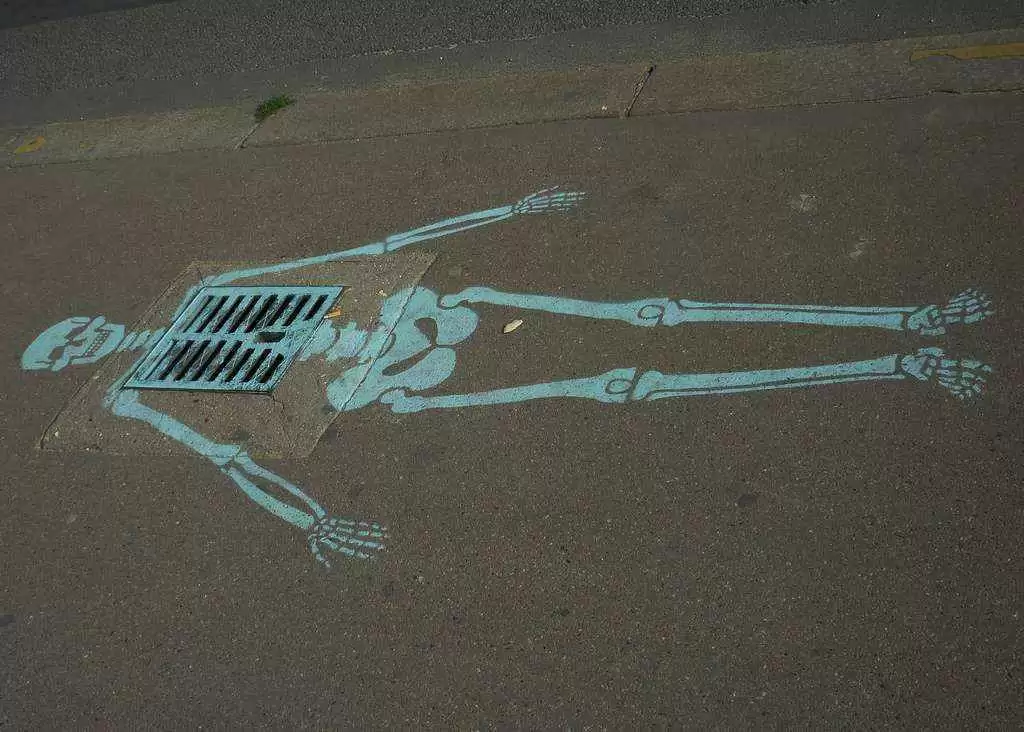
Celiac.com 12/19/2016 - Research conducted with high-resolution peripheral quantitative computed tomography (HRpQCT) has documented substantial bone micro-architecture in premenopausal women with newly diagnosed celiac disease.
A team of researchers recently set out to assess changes in bone micro-architecture after 1 year on a gluten-free diet in a cohort of pre-menopausal women. The research team included MB Zanchetta, V Longobardi, F Costa, G Longarini, RM Mazure, ML Moreno, H Vázquez, F Silveira, S Niveloni, E Smecuol, Temprano M de la Paz, F Massari, E Sugai, A González, EC Mauriño, C Bogado, JR Zanchetta, and JC Bai.
Celiac.com Sponsor (A12):
They are variously affiliated with the Instituto de Diagnóstico e Investigaciones Metabólicas (IDIM), Buenos Aires, Argentina; the Sección Intestino Delgado, Departamento de Medicina at the Hospital de Gastroenterología "Dr. C. Bonorino Udaondo” in Buenos Aires, Argentina; and with the Cátedra de Gastroenterología Facultad de Medicina and the Cátedra de Osteología y Metabolismo Mineral at the Universidad del Salvador in Buenos Aires, Argentina.
Their team prospectively enrolled 31 consecutive females upon celiac diagnosis, and reassessed 26 of them after 1 year of gluten-free diet. All patients received HRpQCT scans of distal radius and tibia, areal BMD by DXA, and bone-specific parameters and celiac serology both times. The team then compared 1-year results against data from a control group of healthy pre-menopausal women of similar age and BMI in order to assess whether the micro-architectural parameters of treated celiac patients matched values expected for their age.
Compared with baseline, the trabecular compartment in the distal radius and tibia showed marked improvement of trabecular density, trabecular/bone volume fraction [bV/TV] [p < 0.0001], and trabecular thickness [p = 0.0004]. Trabecular number remained stable in both regions. Cortical density increased only in the tibia (p = 0.0004). Cortical thickness decreased significantly in both sites (radius: p = 0.03; tibia: p = 0.05). DXA increased in all regions (lumbar spine [LS], p = 0.01; femoral neck [FN], p = 0.009; ultradistal [uD] radius, p = 0.001).
Most parameters continued to be significantly lower than those of healthy controls. This prospective HRpQCT study showed that most trabecular parameters altered at celiac disease diagnosis improved significantly with a gluten-free diet, along with calcium and vitamin D supplementation. However, there were still significant differences with a control group of women of similar age and BMI.
The team plans a prospective follow-up, in which they expect to be able to assess whether bone micro-architecture matches levels expected for a given patient's age.
Source:
- Open Original Shared Link





Recommended Comments
There are no comments to display.